Fintech API Provider Comparison Tool
Compare Fintech API Providers
Find the right API provider for your fintech project based on your specific needs. Compare key features, pricing, and reliability metrics.
Stripe
Plaid
TrueLayer
Comparison Guide
| Criteria | Stripe | Plaid | TrueLayer |
|---|---|---|---|
| Best For | Payment processing | U.S. data aggregation | European data aggregation |
| Pricing Model | Per transaction | Per connection | Per API call |
| Documentation Quality | Excellent | Good | Good |
| Global Reach | 135 currencies | U.S. focused | Europe focused |
| Compliance Certifications | PCI DSS Level 1 | PSD2 | PSD2, GDPR |
| Integration Speed | 1-3 days | 2-5 days | 3-7 days |
How to Choose Your API Provider
Your Use Case
What are you building?
Payment processing? Data aggregation? KYC verification?
Your Geography
Where is your target market?
U.S., Europe, or global?
Compliance Needs
Which regulations apply?
PSD2, GDPR, or others?
When you use an app to send money to a friend, check your bank balance, or automatically invest spare change, you’re not just using software-you’re interacting with a network of invisible systems working together. That’s where APIs come in. They’re the quiet backbone of modern fintech, making it possible for your budgeting app to talk to your bank, for a startup to process payments without building its own payment infrastructure, and for lenders to approve loans in minutes instead of weeks.
What Exactly Is an API in Fintech?
An API, or Application Programming Interface, is like a waiter in a restaurant. You don’t go into the kitchen. You tell the waiter what you want. The waiter takes your order to the kitchen, brings back your food, and handles any issues along the way. In fintech, you’re the customer. The app you’re using is your waiter. The bank, payment processor, or investment platform is the kitchen. The API is the message that gets passed back and forth-securely, quickly, and reliably.
Before APIs, connecting a new app to a bank meant writing custom code for each institution. That was slow, expensive, and fragile. Today, thanks to standardized APIs, a single integration can connect to thousands of banks. Plaid, for example, links to over 12,000 financial institutions in the U.S. and Canada. That’s not magic-it’s APIs doing the heavy lifting.
How APIs Changed Fintech Forever
The big shift didn’t happen because of tech alone. It happened because of rules.
In 2018, the European Union made banks open their data through APIs under PSD2. This wasn’t optional. If you had a bank account, you could now let third-party apps access your transaction history-with your permission. The same thing happened in the UK with Open Banking. In the U.S., the CFPB is pushing similar rules under Section 1033. These weren’t just regulations-they were market openers.
Before these rules, banks kept data locked up. After? Suddenly, startups could build apps that aggregated your accounts, spotted spending leaks, or offered better loan rates by analyzing your cash flow. Companies like Mint, YNAB, and Chime didn’t need to become banks. They just needed to connect to them.
Stripe’s launch in 2011 was another turning point. It gave developers a clean, simple way to accept payments online. No more dealing with merchant accounts, complex gateways, or PCI compliance headaches. Just plug in their API, and you’re accepting credit cards. Today, Stripe processes over $1 trillion in payments annually. That’s not because they’re the biggest bank-it’s because their API made it easy for anyone to build financial services.
Types of Fintech APIs You’re Probably Using
Not all APIs are the same. Here are the four main types you’re likely interacting with:
- Payment APIs - These handle money movement. Think Stripe, PayPal, Adyen. They let apps accept cards, bank transfers, or digital wallets. Stripe’s API processes transactions in under 250 milliseconds with 99.99% uptime.
- Open Banking APIs - These pull in your financial data. Plaid, TrueLayer, and Tink connect to your bank accounts to show balances, income, and spending. In Europe, they’re required by law. In the U.S., they’re growing fast thanks to consumer demand.
- KYC/AML APIs - These verify who you are. Alloy, Jumio, and Sumsub use ID scans, facial recognition, and document checks to confirm identity. This is what lets you sign up for a neobank in 90 seconds.
- Investment APIs - These let apps automate investing. Finnhub and Alpha Vantage provide stock prices, portfolio data, and trading signals. Apps like Acorns and Robinhood use these to round up purchases and invest the difference.
Each of these works differently, but they all follow the same basic rules: secure authentication (usually OAuth 2.0), encrypted data (TLS 1.3), and standardized formats like ISO 20022 for cross-border payments.
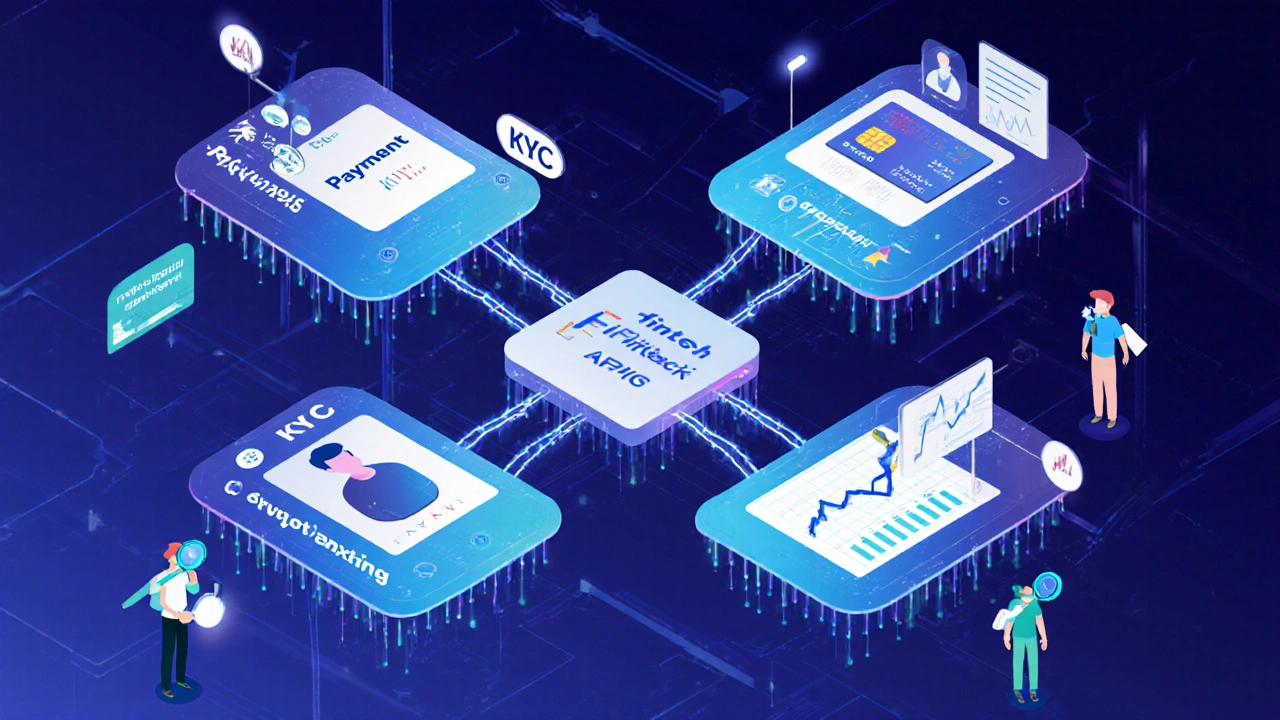
Who’s Winning the API Race?
The fintech API market isn’t crowded with hundreds of equals. It’s dominated by a few key players, each with strengths and weaknesses.
For payments:
- Stripe leads in developer experience. Their docs are clear, their error messages are helpful, and they support 135 currencies. But their pricing can be tricky-2.9% + $0.30 per transaction, plus extra fees for international cards.
- PayPal wins on global reach. They work in over 200 markets and are trusted by consumers. But their dispute fees are higher (1.95%), and their webhook system is notoriously unreliable-many developers report silent failures.
- Adyen is growing fast, especially in Europe. They offer unified payments and fraud tools in one API, but their setup is more complex.
For data aggregation:
- Plaid covers 99% of U.S. bank accounts. It’s the default choice for apps like Venmo and Chime. But after a CFPB investigation in 2023, they’re under pressure to be more transparent about data use.
- TrueLayer is the top alternative in Europe. They’re GDPR-compliant and offer 98.7% data deletion compliance-something Plaid struggles with.
For investment data:
- Finnhub is the go-to for professional investors. They serve Fidelity, Charles Schwab, and hedge funds with real-time market data.
- Alpha Vantage is popular with hobbyists because their free tier supports 150,000+ developers monthly.
One thing all top providers have in common? Certification under the Financial Data Exchange (FDX) standard. Apps using FDX-certified APIs integrate 43% faster, according to J.D. Power.
The Hidden Costs and Pain Points
APIs aren’t magic. They come with real friction.
Most developers spend over 20 hours a week just fixing API issues. The biggest headaches?
- Authentication - OAuth 2.0 is hard to get right. One misconfigured token and your whole integration breaks.
- Rate limits - APIs cap how many requests you can make. Hit the limit, and your app freezes. Smart teams use exponential backoff to retry requests slowly.
- Documentation - Stripe’s docs are 98% complete. Many regional bank APIs? Below 60%. You’ll waste hours guessing what fields mean.
- Pricing surprises - 68% of developers say they got hit with unexpected fees after launch. Tiered pricing, hidden currency conversion costs, and minimum usage fees are common traps.
- Regional gaps - U.S. APIs often don’t support SEPA Instant payments. European APIs struggle with U.S. ACH transfers. If you’re building globally, you need multiple providers.
And then there’s the risk of concentration. In Europe, 83% of open banking traffic flows through just three providers: TrueLayer, Tink, and Nordigen. If one goes down-like Plaid did in July 2023-over 1,200 apps go dark. That’s a single point of failure in a system that’s supposed to be decentralized.
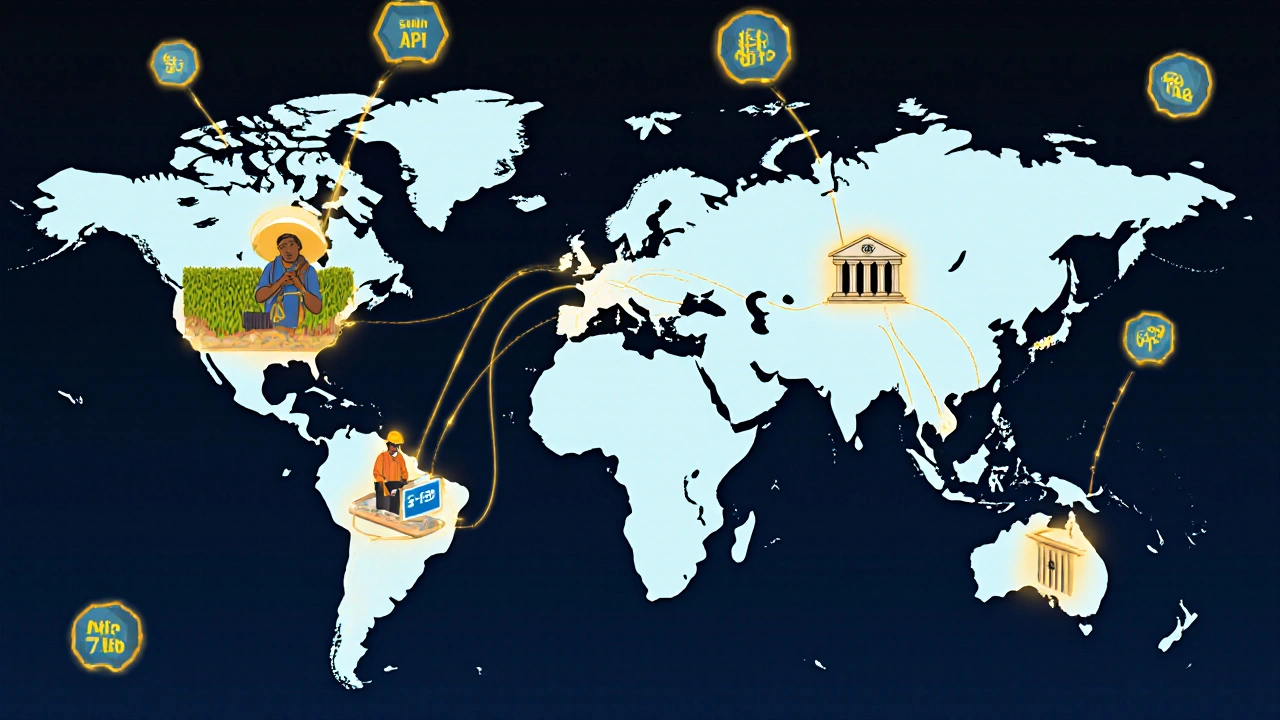
How to Build With Fintech APIs (Without Losing Your Mind)
If you’re building a fintech app, here’s how to avoid the pitfalls:
- Start with a clear goal - Are you aggregating data? Processing payments? Verifying identity? Pick one API type first. Don’t try to do everything at once.
- Use certified APIs - Look for FDX, ISO 20022, or PSD2 compliance. It saves time and reduces legal risk.
- Test in sandbox environments - Every major provider has a test mode. Use it. PayPal’s sandbox is broken. Stripe’s is reliable. Know the difference.
- Build for failure - APIs go down. Networks lag. Use circuit breakers and retry logic. Don’t assume every call succeeds.
- Log everything - PCI DSS 4.0 requires logs to be kept for 13 months. Track every API call, response code, and error message.
- Don’t skip compliance - A Dutch neobank got fined €24 million in 2023 for misusing PSD2 APIs. Know the rules in your region.
- Use a specialist - Teams with dedicated API engineers reduce errors by 52% and cut integration time by 37%, according to the 2023 Fintech API Developer Survey.
The Future: Where APIs Are Headed
APIs aren’t slowing down-they’re accelerating.
In 2024, Stripe launched Stripe Treasury, letting apps offer banking features like savings accounts and debit cards without a bank charter. Plaid expanded to connect with 14,000+ accounting platforms, opening the door for small business fintech. The European Commission is pushing PSD3, which will force banks to open insurance and investment data via APIs by 2026.
By 2026, Gartner predicts 80% of new financial products will be built using 15+ API integrations. That’s not just apps talking to banks-it’s apps talking to insurers, tax services, payroll systems, and more. The future of finance isn’t a single app. It’s a network of apps stitched together by APIs.
And it’s not just for rich countries. The World Bank estimates API-driven financial inclusion could bring 1.2 billion unbanked people into the system by 2030. Imagine a farmer in Kenya using a mobile app to get a loan based on her crop sales data-transmitted via API to a local lender. That’s the real power of fintech APIs: they don’t just make finance faster. They make it fairer.
Frequently Asked Questions
What’s the difference between an API and a payment gateway?
A payment gateway is a single service that processes card payments-like Square or Authorize.Net. An API is a set of rules that lets software talk to other software. Payment APIs (like Stripe’s) often include gateway functionality, but they also do more: they handle subscriptions, refunds, fraud checks, and multi-currency support. Think of a gateway as a door. An API is the whole system that opens, closes, and logs who comes through.
Are fintech APIs safe?
Yes-if they’re built right. Leading APIs use end-to-end encryption, tokenization (replacing account numbers with random codes), and OAuth 2.0 for secure access. They’re also PCI DSS Level 1 certified, the highest security standard. But safety depends on how you use them. If your app stores raw bank login credentials or doesn’t validate tokens, you’re the weak link-not the API.
Can I build a fintech app without coding?
Not really. While tools like Zapier or Bubble let you connect apps visually, they don’t give you full control over financial data flows, compliance, or custom logic. If you want to build something that handles money, verifies identities, or pulls bank data reliably, you need developers who understand APIs, authentication, and financial regulations.
Why do some banks block API access?
Some banks still resist because they see fintech apps as competitors. Others lack the technical infrastructure to support modern APIs. In the U.S., there’s no federal law forcing banks to open APIs yet-only a proposed rule from the CFPB. So while many banks comply voluntarily, others make it hard by limiting access, changing formats, or requiring manual approvals.
How do I choose the right API provider?
Start by asking: What are you trying to do? For payments, Stripe or PayPal are safe bets. For data aggregation, Plaid (U.S.) or TrueLayer (Europe) lead. For compliance, look for FDX certification. Then test their sandbox, read developer reviews, and check their uptime and support response times. Don’t pick based on price alone-poor docs or broken webhooks cost more in time than extra fees.


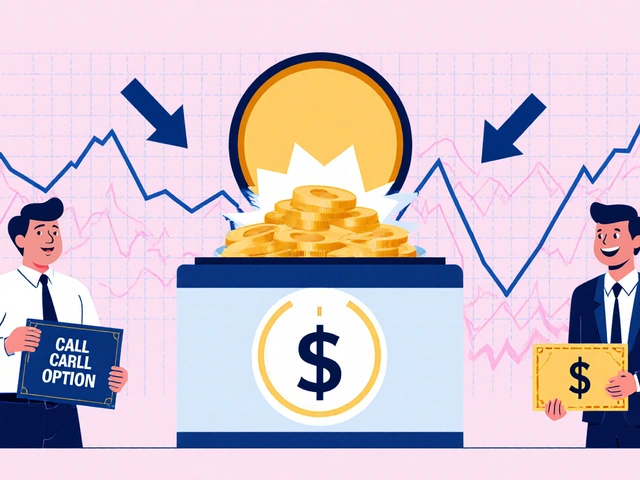
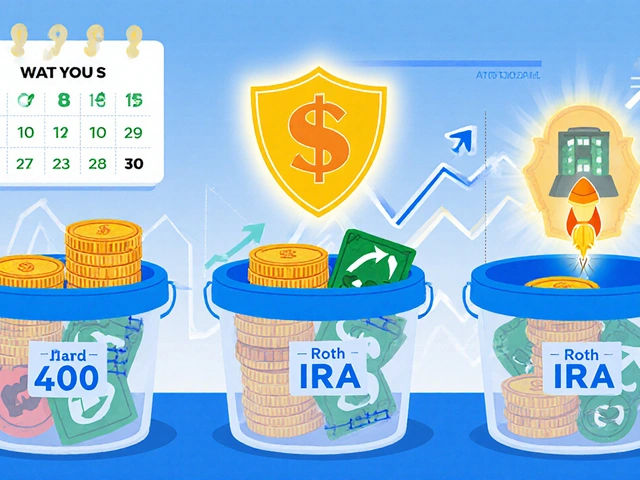
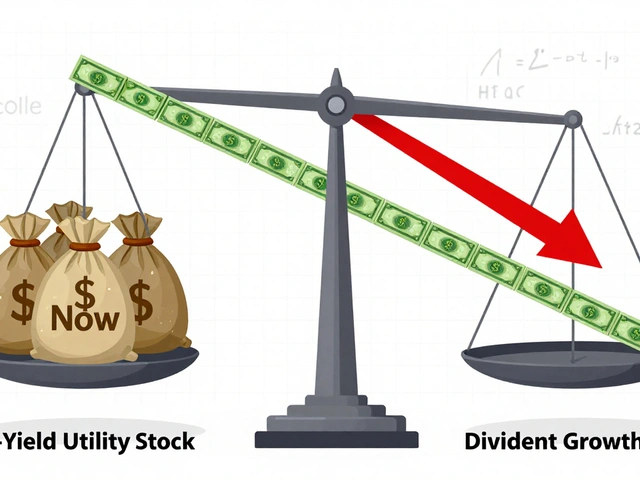
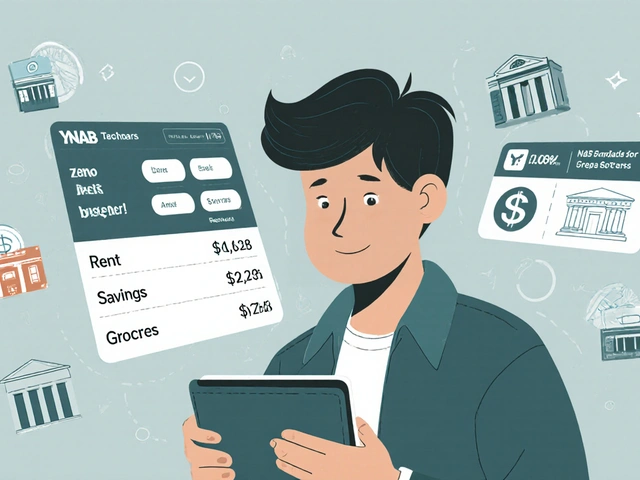
Laura W
November 15, 2025 AT 09:03APIs are the real MVPs of fintech-no cap. I use Plaid every time I link my bank to YNAB and it just works. Like, how is this not magic? It’s literally pulling my transaction history without me typing a single thing. And Stripe? Absolute wizardry. One line of code and boom, I’m accepting payments. The fact that a startup can compete with banks because of these APIs? Chef’s kiss.
Graeme C
November 16, 2025 AT 12:13Let me be unequivocally clear: the notion that APIs are ‘quiet’ is a dangerous fallacy. They are the silent detonators of financial sovereignty. PSD2 didn’t ‘open’ data-it forced a cartel to surrender its monopoly. Plaid’s 99% coverage is not a triumph of innovation-it’s a monoculture waiting to collapse. And let’s not pretend OAuth 2.0 is secure; it’s a house of cards built on developer incompetence. If your app doesn’t implement token rotation, rate limiting, and audit trails with military precision, you’re not building fintech-you’re gambling with people’s life savings.
Astha Mishra
November 18, 2025 AT 07:58It is truly remarkable, is it not, how these invisible threads of code-these APIs-have woven themselves into the very fabric of our daily financial existence? I, as a small business owner in Delhi, now use a local app that connects via API to my bank, to my customer’s UPI, and even to my GST portal-all without ever touching a spreadsheet. And yet, I wonder: does this convenience come at the cost of our autonomy? When every financial decision is mediated through a third-party’s API, who truly holds the power? Is it the developer who wrote the code? The bank that owns the data? Or the consumer who simply clicks ‘allow’ without reading the fine print? Perhaps, in our rush to innovate, we have forgotten to ask: for whom are we building this future?
Kenny McMiller
November 18, 2025 AT 23:37Bro, APIs are just the new middleware. Like, yeah, Stripe’s dope, but have you tried integrating with some regional bank in rural Ohio? Their API docs look like they were written by a 1998 intern on a caffeine bender. And don’t even get me started on rate limits-my app’s literally paused for 12 hours because one endpoint hit 500 req/hr. FDX certification? Sure, sounds fancy, but 80% of the time it’s just marketing fluff. Real talk: if you’re not using a wrapper library, you’re doing it wrong. And yeah, I’ve seen the CFPB reports. Plaid’s sketchy. But they’re still the only one that works.
Dave McPherson
November 19, 2025 AT 14:44Oh, so you think APIs are the ‘hidden engine’ of fintech? Cute. Let me tell you what’s really powering it: regulatory arbitrage and venture capital cash burns. Stripe? A glorified credit card processor with a developer-friendly UI. Plaid? A data broker masquerading as a ‘financial infrastructure’ company. And don’t get me started on how every ‘innovative’ app is just a thin veneer over someone else’s API-like a TikTok dancer lip-syncing to a Beyoncé track. The real innovation? Getting investors to believe you’re building something revolutionary when you’re just stitching together third-party endpoints. Congrats, you built a fintech LEGO set. Now go file your Series B.